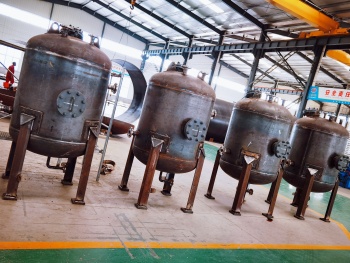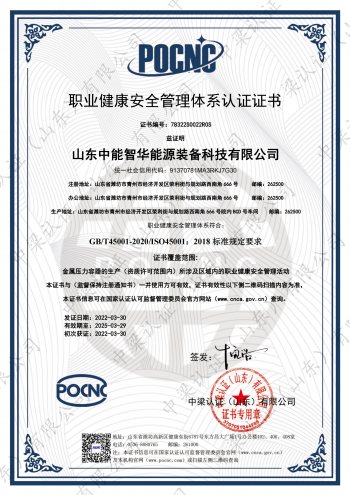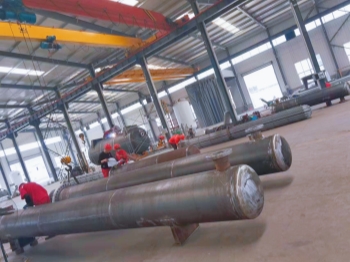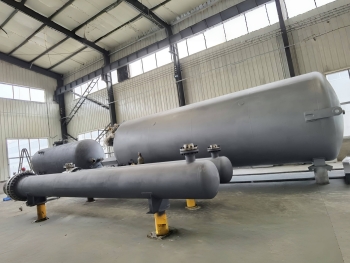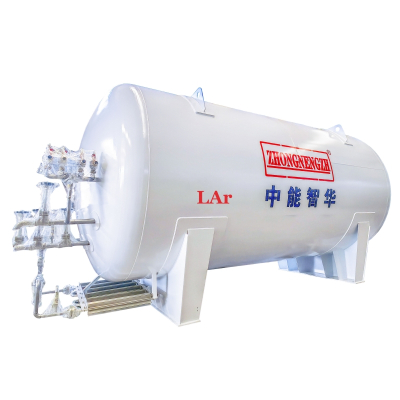Vaporizer for Liquid Natural Gas
Working pressure: 0.8-35.0 Mpa;
Flow Rate: 50-16000 NM3/H ( If need more could use combined structure);
Medium: Liquid Oxygen, Nitrogen, Argon, Carbon Dioxide, Nature Gas, LPG etc.
Material: Aluminum Alloy
Standard: GB, ASME, PED(CE), CCS, CNNC
A vaporizer for liquid natural gas (LNG) is a device used to convert LNG from its liquid state to a gaseous state for use in various applications. There are several types of vaporizers used in LNG systems, including:
Ambient air vaporizers: These vaporizers use ambient air to heat and vaporize the LNG. They are often used in applications where electricity is not readily available.
Shell and tube vaporizers: In this type of vaporizer, LNG flows through a series of tubes inside a shell. Heat is applied to the shell, which transfers to the tubes and vaporizes the LNG.
Submerged combustion vaporizers: In these vaporizers, a burner is submerged in a bath of water or glycol. The burner heats the liquid, which then vaporizes the LNG flowing through a tube immersed in the liquid.
Plate-fin vaporizers: These vaporizers use a series of plates and fins to transfer heat to the LNG for vaporization. They are compact and efficient, making them popular for small-scale LNG systems.
When selecting a vaporizer for LNG, factors to consider include the required vaporization capacity, energy efficiency, operational costs, and safety features. It's important to consult with experts in LNG systems to determine the most suitable vaporizer for your specific needs.
Advantages
Because there is no need of assistance from other electric heating equipment for the ambient air vaporizer. Thus, the air heated vaporizer is highly efficient, eco-friendly and energy saving. It enjoys wide applicability and high vaporization rate.
The fin is made of high-quality aluminum materials, so there will be no ice bending problem. Moreover, it has large heat transfer area and high efficiency.
Application
The ambient air vaporizer is suitable for cryogenic gases such as oxygen, nitrogen, argon, carbon dioxide, and liquefied natural gas.
Certificate
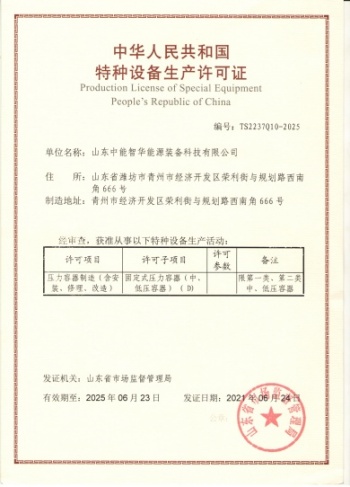
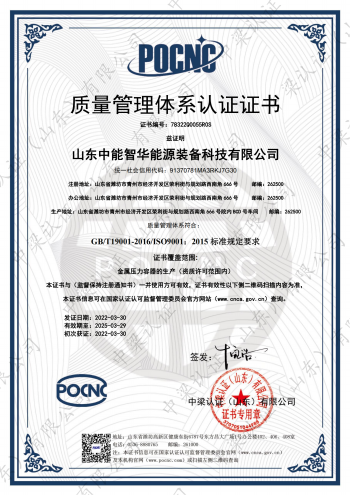
Workshop
